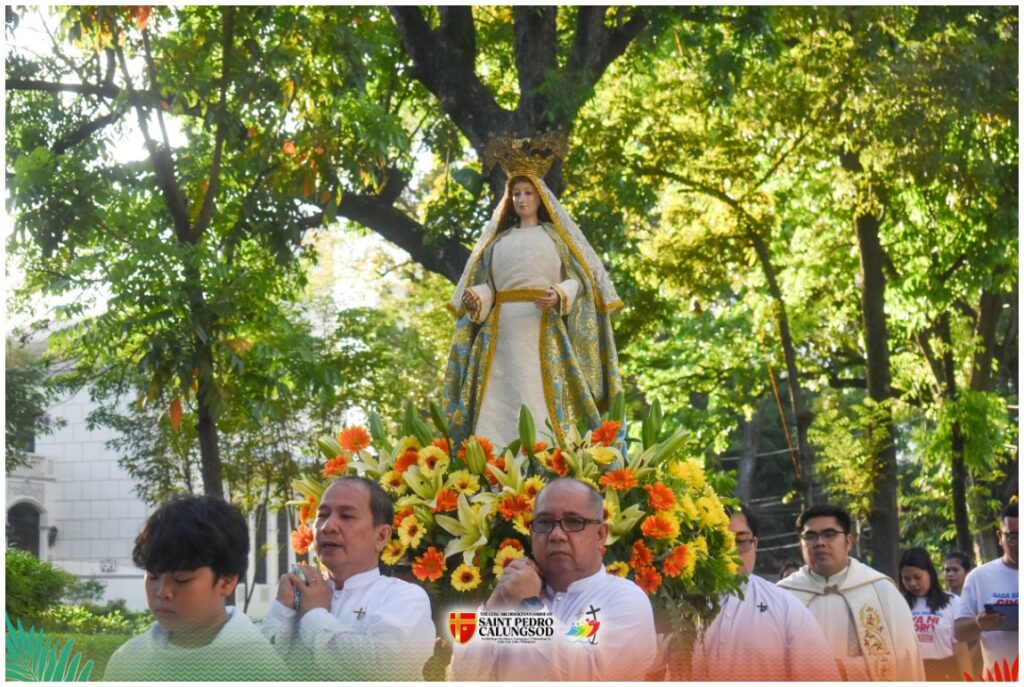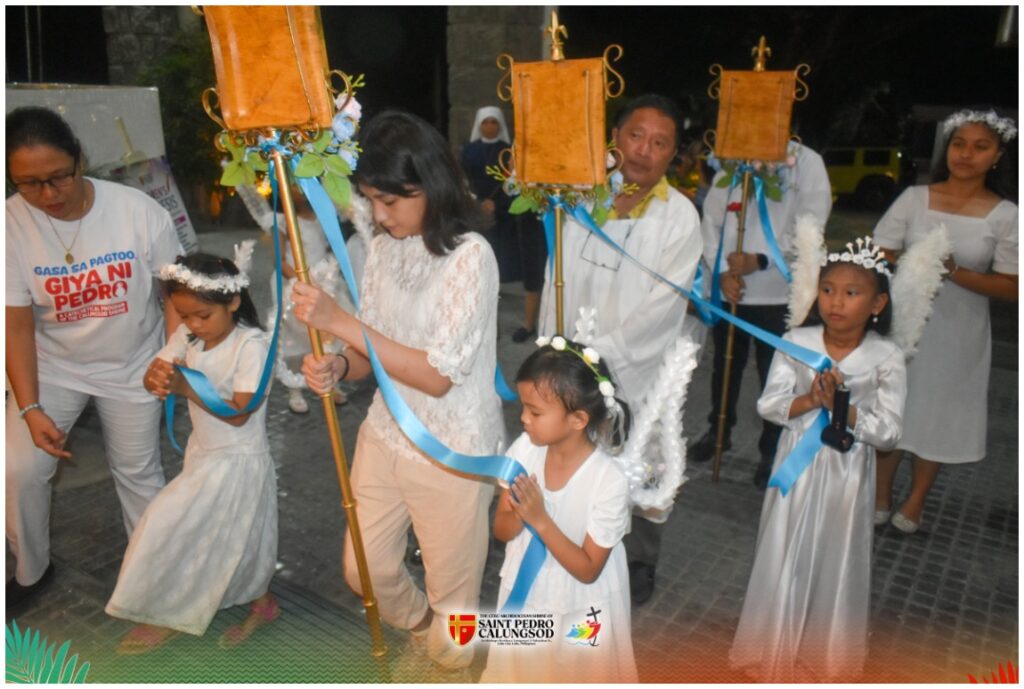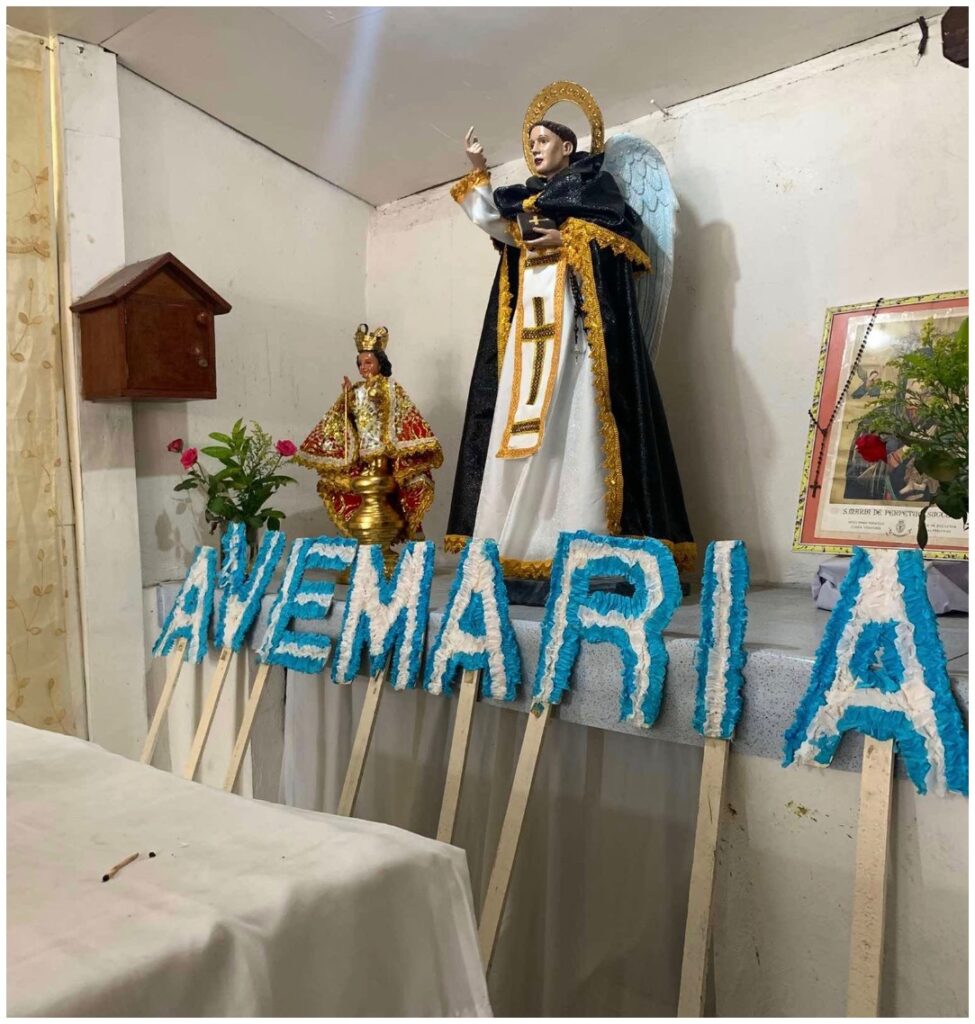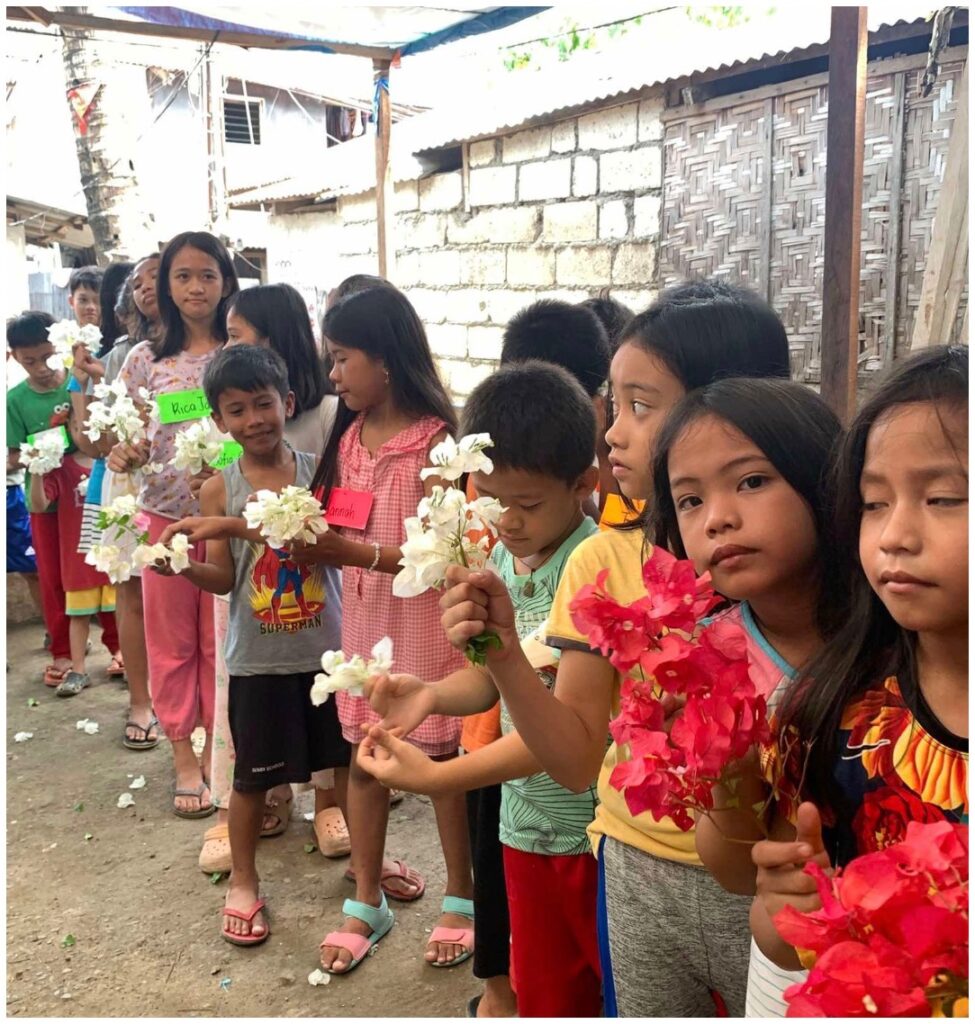Flores de Mayo, which translates to “Flowers of May,” is much more than a seasonal celebration—it is an enduring tapestry of faith, history, and culture that has evolved over centuries in the Philippines.

Origins in Devotion and Colonial Exchange

The origins of Flores de Mayo stretch back to the time when the Philippines was under the influence of the Spaniards. During this era, Catholic missionaries introduced European flower festivals, drawing inspiration from rituals and celebrations that were common in Spain. Over time, the tradition became deeply steeped in religious symbolism, with daily offerings of flowers as heartfelt tokens of reverence and gratitude.

The Flourishing of a Cultural Festival

The festival became a canvas for both spiritual devotion and creative expression. This collective participation not only underscored the strong communal bonds among Filipinos but also allowed for the intermingling of tradition with innovation, as each locality brought its own customs and flair to the celebration.

This exploration of Flores de Mayo brings into focus how a festival can be both a cherished relic of history and a vibrant tradition that inspires modern-day expression. Its evolution reflects the layered identity of the Filipino people—a blend of colonial legacy and indigenous creativity that continues to thrive in every petal and procession.



Comments are closed.